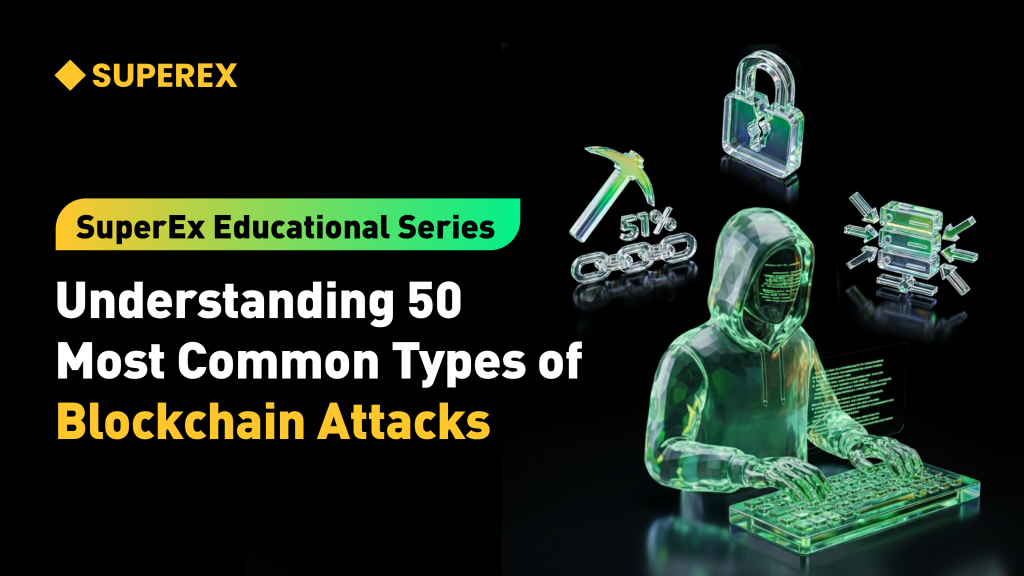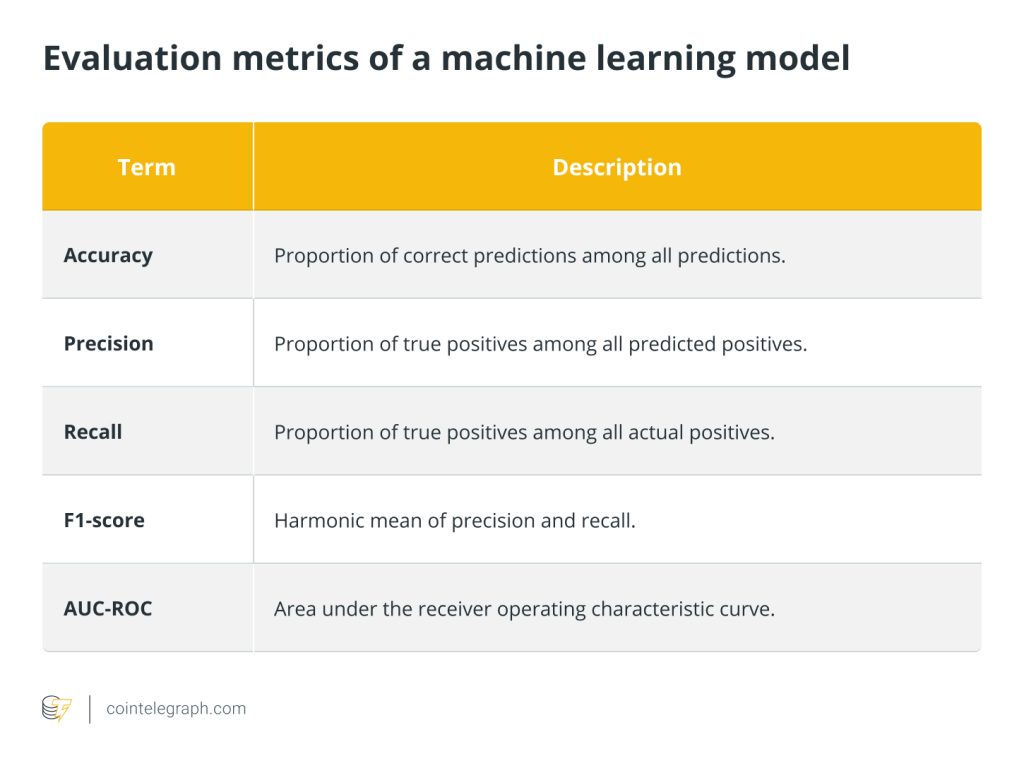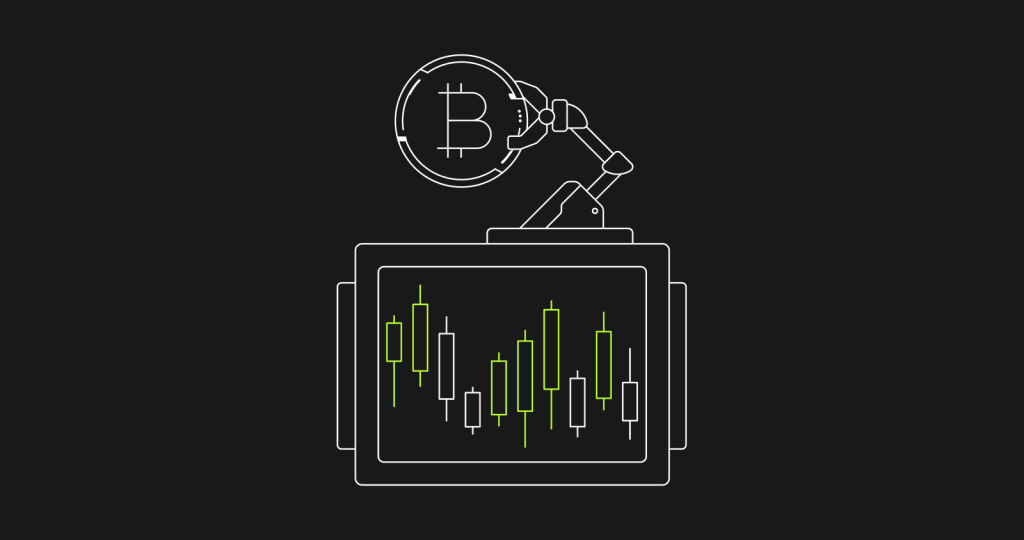US Department of Defense predicts 'AI vs counter- AI battle'

The U.S. Department of Defense has defined multiple goals for implementing and training AI for resilience to attacks and processing data, as it anticipates a battle between AI and counter-AI.

The United States Department of Defense (DOD) released a statement on Jan. 25, outlining the beginning of its use of artificial intelligence (AI), predicting a battle between AI and counter-AI.
The statement followed a speech from Jude R. Sunderbruch, the DOD Cyber Crime Center executive director, at the Google Defense Forum. Essentially, this “battle” with “counter-AI” refers to identifying and blocking manipulation attempts of AI systems while creating AI systems that are resilient to such attacks.
“Adversaries are trying to get past our boundaries and our securities every day. They’re moving at ‘lightspeed.’ They’re on fiber optic networks. They’re able to bounce from one VPS to another in an instant, so utilizing AI to try to get ahead of that is going to be essential.”
Sunderbruch said this “battle” will raise major questions about what the “truth” is. He also said he wouldn’t call it an “arms race” but rather a “strategic competition.”
A similar sentiment was echoed in the developer space when, in December 2023, Meta’s AI boss, Yann LeCun, said an “AI war” was going on.
The DOD said it believes the U.S. is well positioned to make advances in the AI space and said a near-term goal is to use currently available AI tools and apply them to information that the government has layered with other available information .
Related: AI advancements could offset self-induced cyberthreat: NCSC report
Training the AI models with “a variety of useful information” and applying AI tools for threat and vulnerability analysis were also two goals the DOD mentioned it intends to pursue.
The intelligence director for the Defense Information Systems Agency, Army Col. Richard Leach, who was also on the panel, highlighted AI’s role in helping process the “tsunami of data” that gets provided to decision makers.
“Let AI identify key pieces of information and maybe do some of the basic analysis. Let the analysts focus on the hard problem set so they’re not wasting time, resources and people.”
Leach said using AI will be important to understanding the changing, evolving digital landscape. “Every time somebody changes their network updates their patches, or reconfigures the network,” he said, “they change the environment and the battlespace.”
The U.S. government has been actively exploring how it can utilize and regulate AI systems. On Oct. 30, the Biden Administration issued an executive order establishing six new AI safety and security standards.
On Jan. 10 U.S. law enforcement officials warned about AI’s potential to help facilitate hacking, scamming and money laundering due to lowering the barrier of entry of technical skills needed to pull off such crimes.






… [Trackback]
[…] Read More on on that Topic: x.superex.com/news/ai/3670/ […]
… [Trackback]
[…] Find More Information here to that Topic: x.superex.com/news/ai/3670/ […]
… [Trackback]
[…] Find More Info here on that Topic: x.superex.com/news/ai/3670/ […]
… [Trackback]
[…] Read More here to that Topic: x.superex.com/news/ai/3670/ […]
… [Trackback]
[…] Read More here on that Topic: x.superex.com/news/ai/3670/ […]
… [Trackback]
[…] There you can find 52141 additional Information to that Topic: x.superex.com/news/ai/3670/ […]
… [Trackback]
[…] There you can find 44253 more Info on that Topic: x.superex.com/news/ai/3670/ […]
… [Trackback]
[…] Find More Info here on that Topic: x.superex.com/news/ai/3670/ […]
… [Trackback]
[…] Read More to that Topic: x.superex.com/news/ai/3670/ […]
… [Trackback]
[…] Find More here on that Topic: x.superex.com/news/ai/3670/ […]
… [Trackback]
[…] Info to that Topic: x.superex.com/news/ai/3670/ […]
… [Trackback]
[…] Information to that Topic: x.superex.com/news/ai/3670/ […]
… [Trackback]
[…] Find More here to that Topic: x.superex.com/news/ai/3670/ […]
… [Trackback]
[…] Find More to that Topic: x.superex.com/news/ai/3670/ […]
… [Trackback]
[…] Read More on to that Topic: x.superex.com/news/ai/3670/ […]
… [Trackback]
[…] Info on that Topic: x.superex.com/news/ai/3670/ […]
… [Trackback]
[…] Find More on that Topic: x.superex.com/news/ai/3670/ […]
… [Trackback]
[…] Find More Information here to that Topic: x.superex.com/news/ai/3670/ […]
… [Trackback]
[…] Information to that Topic: x.superex.com/news/ai/3670/ […]
… [Trackback]
[…] Here you can find 18924 additional Info on that Topic: x.superex.com/news/ai/3670/ […]
… [Trackback]
[…] Info on that Topic: x.superex.com/news/ai/3670/ […]
… [Trackback]
[…] Info on that Topic: x.superex.com/news/ai/3670/ […]
… [Trackback]
[…] Read More Information here on that Topic: x.superex.com/news/ai/3670/ […]
… [Trackback]
[…] Info on that Topic: x.superex.com/news/ai/3670/ […]
… [Trackback]
[…] There you will find 9009 additional Info on that Topic: x.superex.com/news/ai/3670/ […]
… [Trackback]
[…] Here you can find 12128 more Information to that Topic: x.superex.com/news/ai/3670/ […]
… [Trackback]
[…] Find More on that Topic: x.superex.com/news/ai/3670/ […]
… [Trackback]
[…] There you can find 30759 more Information on that Topic: x.superex.com/news/ai/3670/ […]
… [Trackback]
[…] Here you can find 30544 more Info on that Topic: x.superex.com/news/ai/3670/ […]
… [Trackback]
[…] Here you will find 54948 additional Info on that Topic: x.superex.com/news/ai/3670/ […]
… [Trackback]
[…] Info to that Topic: x.superex.com/news/ai/3670/ […]
… [Trackback]
[…] Information on that Topic: x.superex.com/news/ai/3670/ […]